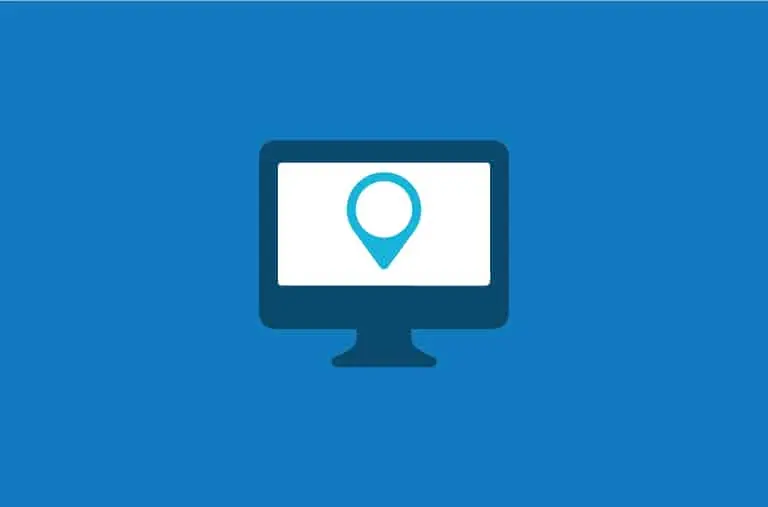What manufacturers can learn from their local pizza place
Want to learn about the modern manufacturing process? Order a pizza. You’ve grown your manufacturing business by keeping your cards close to your vest. Information was shared on a need-to-know basis, and, more often than not, people didn’t need to know.
That was usually true for customers and always true for the competition. But the manufacturing business is changing, and good customer service means bringing the customer into your processes.
Customer expectations are changing. Let’s establish that there are good reasons for closely guarding your processes. The first is to protect your professionalism. You don’t want customers to see the messy process of manufacturing.
There are hang-ups and delays, so you’ve developed ways around those that let you still keep your customers happy. And those ways, your “secret sauce,” is the second reason you guard your processes. You don’t want to give your competitors insight into how you do what you do.
The problem is that information wants to be free at a high level. Translated, your customers and your competitors will find this information out anyway. And, really, your customers would appreciate knowing it, so you may be doing yourself more harm than good by not sharing it.
Attitudes and expectations around what kind of information is shared with customers have changed, and you can thank the e-commerce/online shopping experience for that. The name for this expectation shift is the Amazon Effect, after the online retailer that somewhat ushered in the e-commerce boom. But Amazon isn’t alone in shifting customer expectations.
Visibility: Move from provider to partner
Today’s Customers have been conditioned to expect an easy shopping experience and visibility into processes. The easiest place to see how these expectations come together is at dinner time.
When was the last time you ordered a pizza? Did you do it online through a restaurant’s website? If you did, you might have noticed that some of them now track your pizza through the entire “manufacturing” process, beginning to end. You can see it being made. You can see it leave the restaurant. You can get a pretty reasonable expectation of when that pizza will be at your door.
Imagine that in a manufacturer/customer relationship. What would it do to your relationships if your customers could go online and see exactly where an order was and if there was a delay? Hint: It’s going to make those relationships stronger.
Think again about that pizza analogy. Imagine that halfway through making your pizza, they run out of pepperoni. The restaurant texts you to notify you and asks if you want sausage.
Or would you rather they cancel your order? What’s your reaction going to be? Are you going to appreciate the notification? Yes, you are, and you’re also going to think about that the next time you order a pizza. The process is the same when it comes to manufacturing.
Letting the customer know where their project is in the manufacturing process is OK. It’s OK to let them know there is a problem with the shipment of parts from China. It’s a lot more productive to be open about those communications, whether they are positive or negative, and work with the customer. It’s how you shift your relationship from provider to partner.
Integration is the key to visibility.
How do you open visibility into your processes? Software integration with CRM. Integrating with the back office is common, especially in accounting systems where orders and shipments are transferred/tracked. Manufacturing companies, in particular, are heavy users of this type of integration since they have disparate back office systems, such as ERPs, with inventory, materials planning, procurement, forecasting, and other data that must be tracked.
By integrating the front-facing customer tools, both shop-floor systems and back-end systems, customers can be brought into the manufacturing process. Not only does it make them feel like a partner, but it makes for more efficient operations.
By allowing them to manually check the status of an order and make changes on their own, you eliminate the need for phone calls to a support team and minutes logging into different systems to answer questions.
The way we shop is changing, and our expectations are changing with it. Those changes, so far, have been mostly in the B2C world. But, like anything, what’s happening in the B2C world will migrate to B2B as habits change. Are you and your software ready to meet the changing expectations of your customers?







